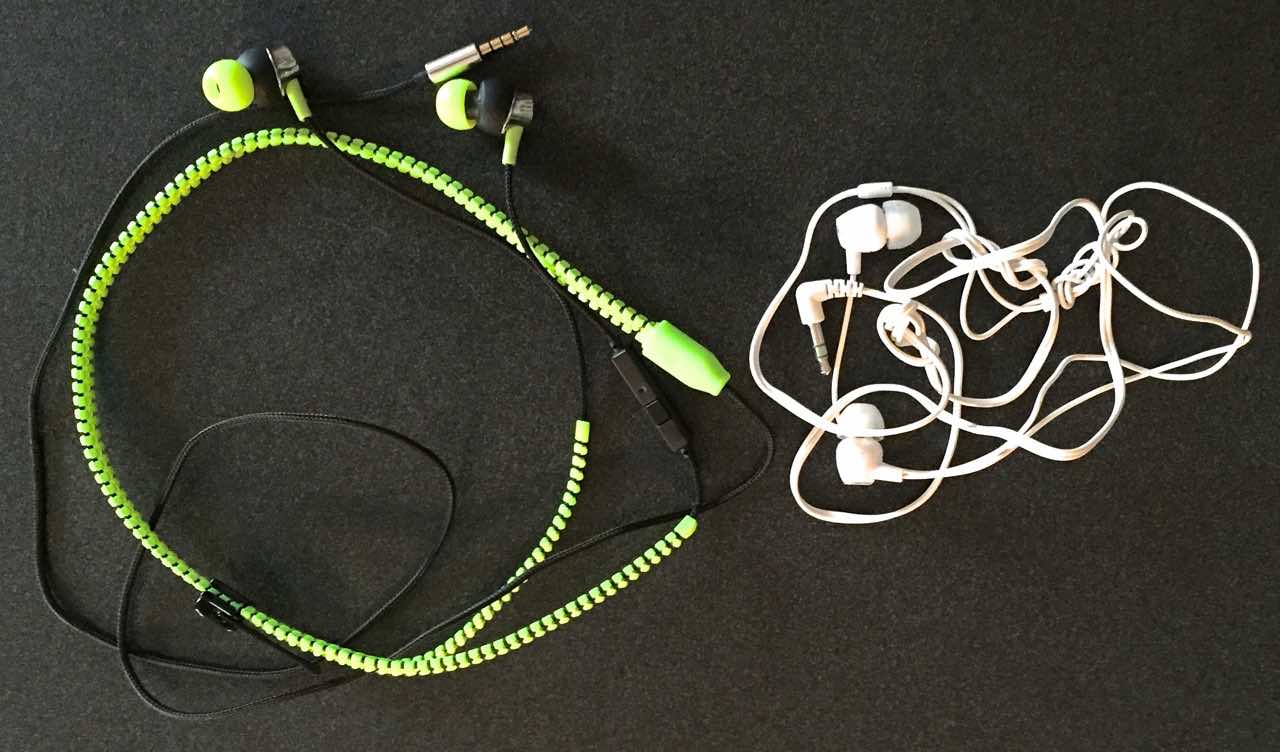

Image taken from John and Keturah's photostream on Flickr
I find that one of the more enjoyable and easy activities to share as an amateur astronomer is watching satellites pass by. While most exercises in amateur astronomy can be slow or take time that is difficult for the younger crowd to sit still for, finding an object crossing the sky is quick and usually elicits an “I see it, can you see it?” reaction.
Since my children were in diapers, we have gone outside and watched the Hubble Space Telescope (HST), the International Space Station (ISS), the Space Shuttles, and various other space “junk” cross our path. These satellites usually look like fast moving airplanes, without blinking, just a steady light with a steady movement, most of the time crossing the entire sky in about five to ten minutes.
Over the years, we have used several programs to calculate when objects would be passing overhead. By far, the best program we have used is the Heavens Above website. By inputting your location, this site will calculate when you can see various objects in the sky. We like the way it tracks ISS on the screen. There is a lot of data here, but in regards to satellites, the site breaks down what you can see, based on magnitude. If you are in a dark location, you might be able to see the dimmest objects (4.5), but if you are outside of a large city, you might only try and see the brighter objects (3.5).
So, the next time you have clear skies, try laying on a blanket in the back yard when an object is heading over. There is a great thrill in finding that object and knowing what it is when it passes over.

